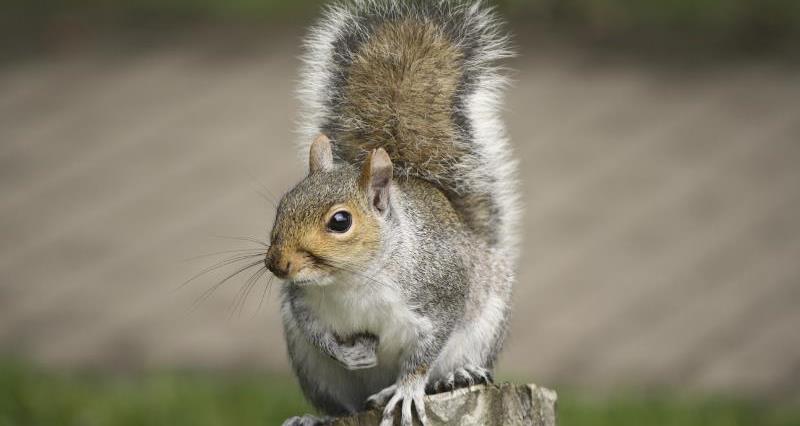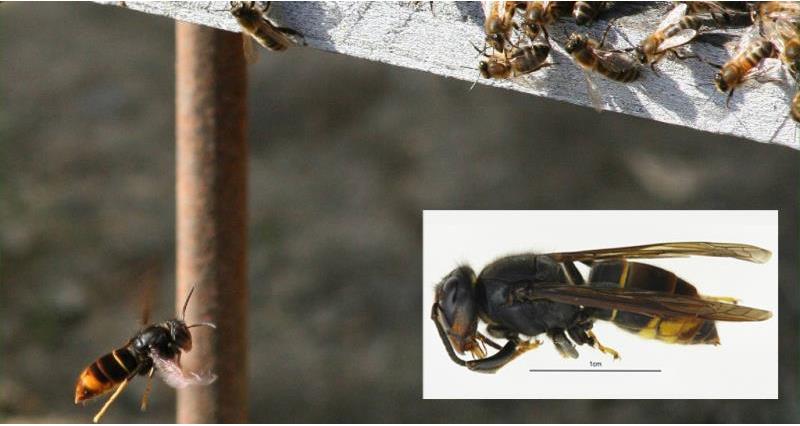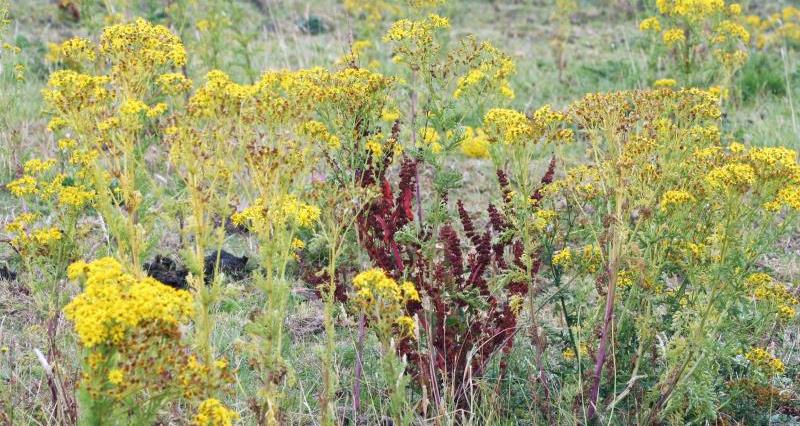What is an invasive alien species?
An invasive species is a non-native animal or plant that has the ability to spread causing damage to the environment, the economy, and even our health and the way we live.
Some invasive species are very familiar. The grey squirrel, a native of North America, was deliberately released into the wild in Britain in 1876. However, the grey squirrel carries a pox virus that wiped out most of the UK’s native red squirrel. Now only a few populations remain in England and Wales, although they are more common in Scotland and dedicated programmes are helping to ensure their conservation.

Pictured above: the grey squirrel carries a pox virus that wiped out most of the UK's native red squirrel
Plants can be just as dangerous. You may have heard of Japanese Knotweed. It was introduced to Britain by the Victorians in 1886 as an ornamental garden plant. It is now widely established and notorious for forming dense stands which are extremely hard to control – costing an estimated £166 million to the economy each year.
Rhododendrons were first introduced in 1763 from the Iberian Peninsula for use in gardens. While they may be beautiful, they block light, preventing other species from growing beneath them, and also carry diseases which are fatal to some of our native trees.
A more recent invasion is by the Asian hornet. It is a highly effective predator of insects, including honey bees and other beneficial species and can cause significant losses to bee colonies. There have been a number of sightings of Asian hornets in the UK since 2016, and they are considered to be so detrimental to our native pollinating insects that the government has published advice on how to identify them and how to report a sighting.

Pictured above: an Asian hornet attacking a colony of bees
What can be done about injurious weeds?
Farmers are often on the front line when it comes to the costs and impacts of invasive species, particularly due to the effects they can have on other species. Several weeds, such as the field thistle or broad-leaved dock can impact on agricultural production and be a danger to animals.
Ragwort is the most commonly reported weed and can seriously harm grazing livestock, including cattle, sheep and horses. Ragwort is easy to spot with its distinctive yellow flowers but it is a toxic plant and must be removed carefully. Click here for guidance on what to do if you see ragwort growing on farmland.
